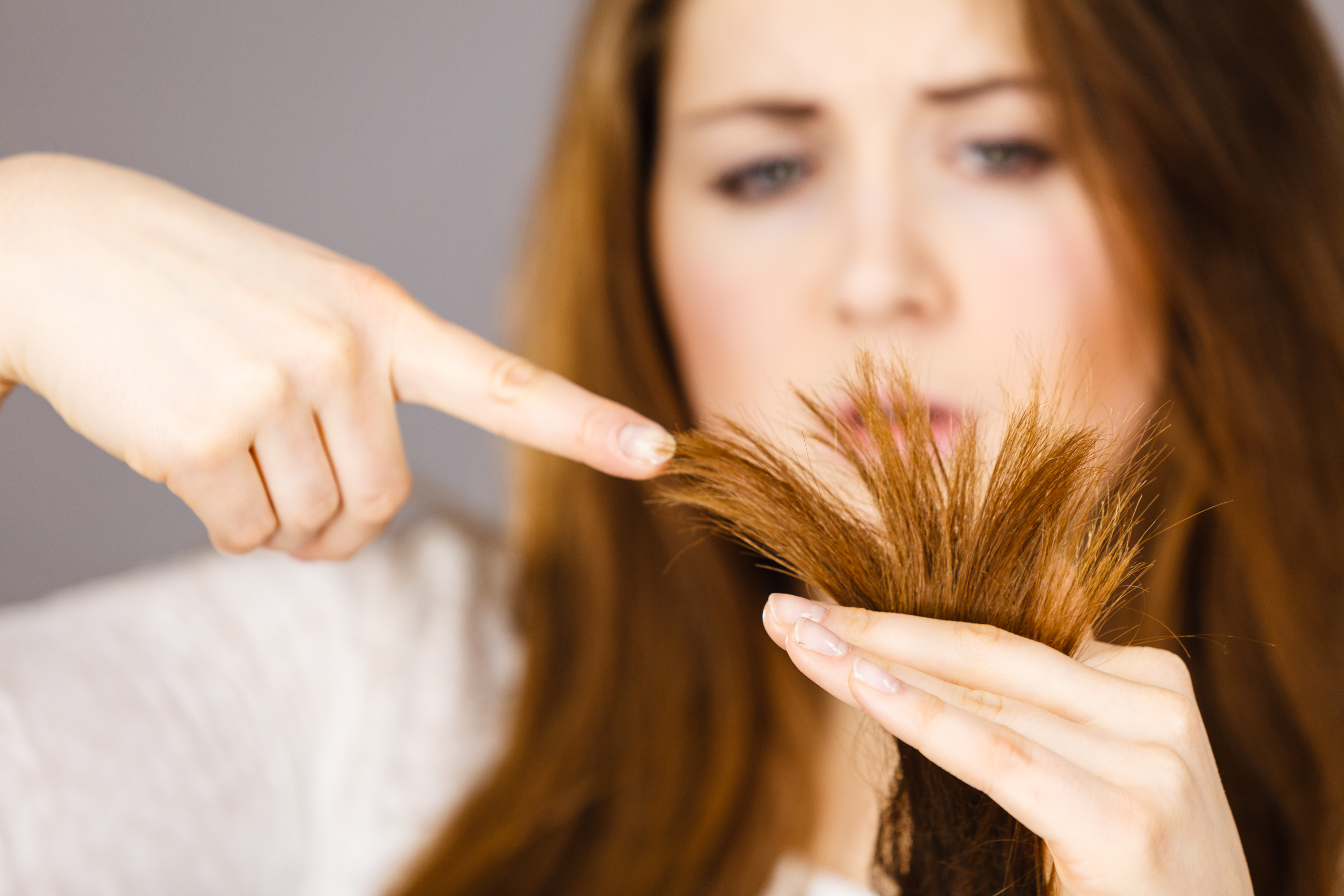The simple split. This is the common type which represents early breakage. In these instances, cortical cells are held together, however huge sections are beginning to separate
The Mini. This breakage is an example of early breakage improvement
Fork in the Road. This shows greater damage and more sizable splitting
The Tree. More damage has happened to one side of the hair fiber than the opposite and as a result several ‘branches’ of cortical cells are starting to separate
The Candle. There is an extensive loss of the outer cuticle
The Knot. Single strand knots are self explanatory. A curl may be tangled and has triggered its own knot. It will typically cause the hair to break at that spot from brushing.
You need to distinguish between split ends and frizz. Split ends are usually found at the tips of your hair.


